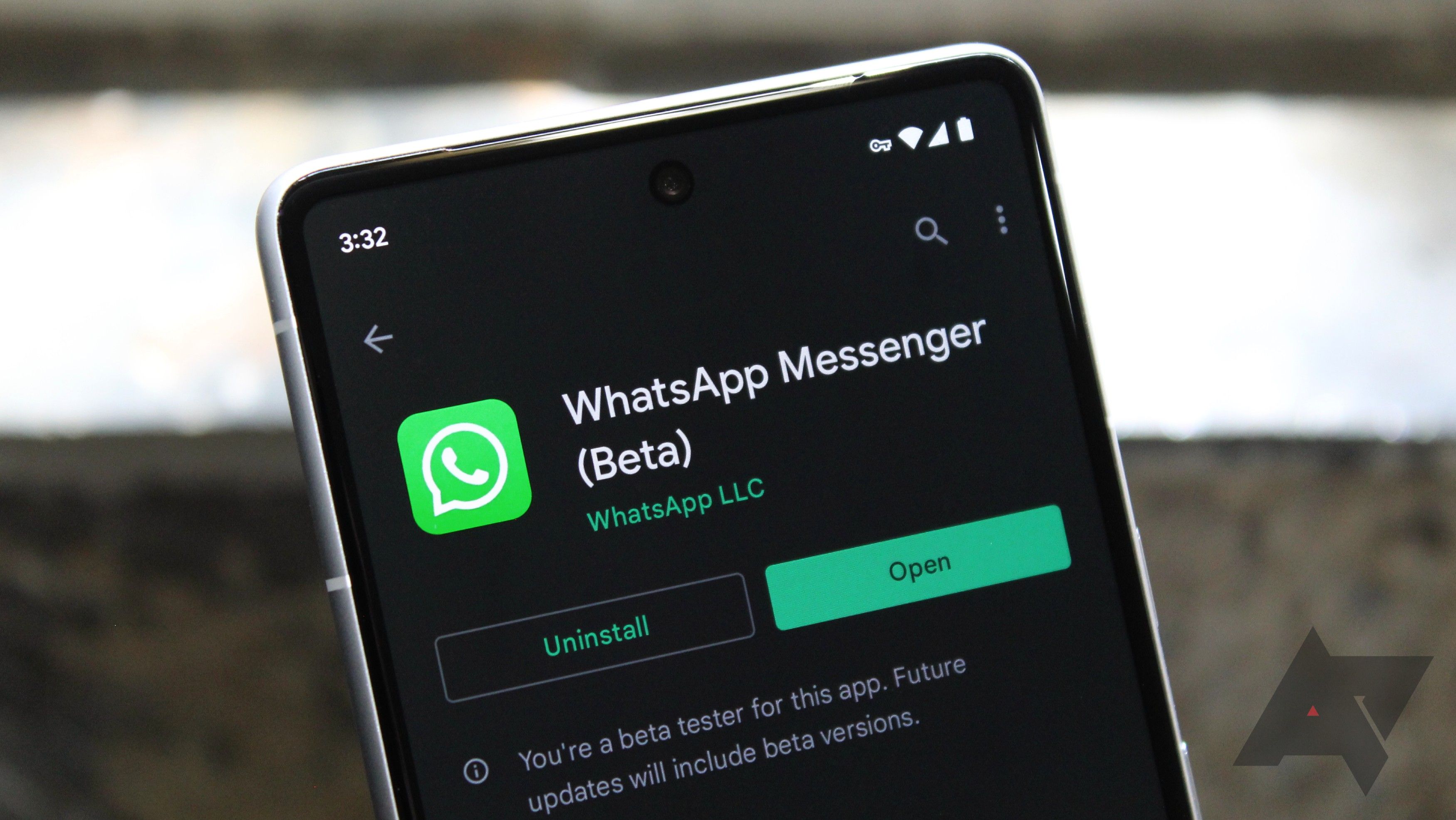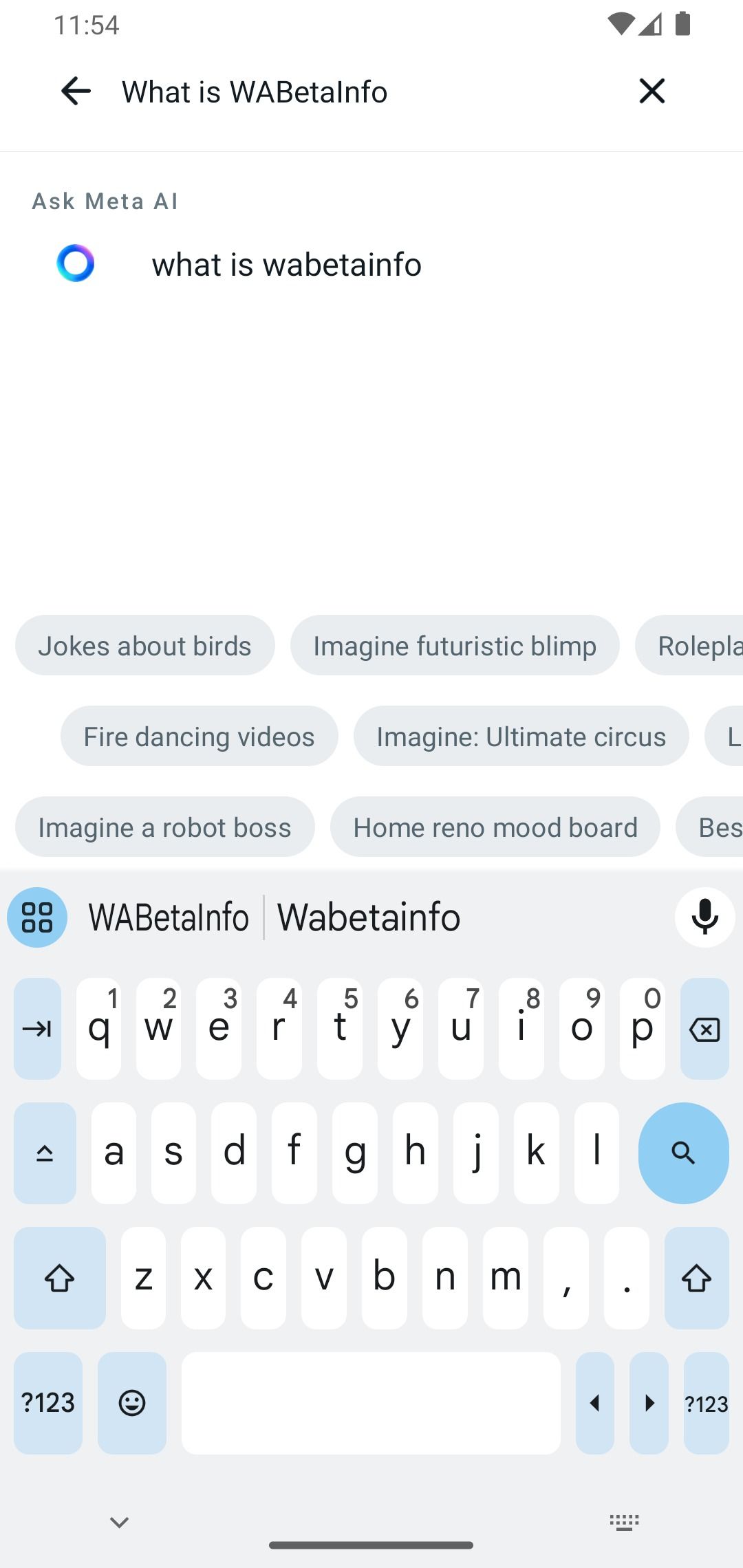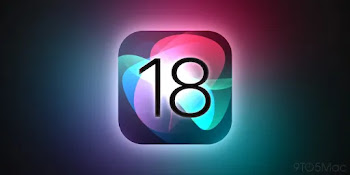This blog is a platform where everything can be presented here that will help people who are eager to know new thing.Its all about.
Search This https://go.fiverr.com/visit/?bta=214852&brand=fpBlog
Sunday, March 24, 2024
Three-person Russian Soyuz rocket launches to the International Space Station days after a malfunction
Two days after its launch was abruptly canceled, a Russian Soyuz rocket carrying three astronauts to the International Space Station (ISS) lifted off on Saturday.
Eight minutes after launch, the space capsule atop the rocket separated and entered orbit. After that, it started its two-day, 34-orbit journey to the space station.
On April 6, Novitsky, Vasilevskaya, and O'Hara are scheduled to return to Earth.
Up until 2030, NASA and its partners intend to keep running the orbiting station.
An inbuilt safety mechanism stopped the launch, which was scheduled for Thursday, around 20 seconds before it was supposed to take off.
An important setback for the Russian space program was the launch abort.
At a height of roughly 50 km (31 miles), the capsule disconnected from the malfunctioning Soyuz rocket, giving Hague and Ovchinin a brief moment of weightlessness. They then experienced six to seven times the gravitational pull experienced on Earth as they descended at an oblique angle.
The journey would have only required two orbits if the launch on Thursday had gone according to plan. Docking is now anticipated on Monday at 15:10 GMT.
You can utilize Meta AI directly from the search bar using the most recent version of WhatsApp.

In brief
It looks that Meta is facilitating user interaction with AI straight from the search box on WhatsApp.
Like OpenAI's ChatGPT, Meta AI provides cues to get questions started, imagining itself as a flexible helper for a range of jobs.
With the command "/imagine," Meta AI can also produce images, producing high-resolution pictures at no cost in a matter of seconds.
Globally, AI is leaving a lasting positive impact. With AI incorporated into almost all apps and services, you can now find tools for almost every work. On the other hand, Meta has been integrating AI into its systems. You may try it out on Instagram, Messenger, and WhatsApp if you live in the US. Simply select "Create an AI chat" from the menu when starting a new message on any of Meta's platforms to interact with the AI. Meta may allow you to type inquiries straight into the search field in the future.
WABetaInfo claims that Meta is working on a new feature that will allow you to ask Meta AI questions directly from the WhatsApp search box. This makes it simpler for users to communicate with the AI system because there is no longer a requirement to manually initiate a discussion with Meta AI.

The offer beneath WhatsApp's search bar invites users to "Ask Meta AI" anything, as seen in the screenshot below. It's quite simple to communicate with Meta AI by just typing your queries or commands into the search bar, eliminating the need to find its chat window.
To facilitate a smoother user experience, the AI will even provide some prompts to get people started with their questions. According to WABetaInfo, the feature that would allow beta testers to directly ask questions of Meta AI in the search is still under development and won't be available until a later app update.
Meta's AI will seem rather familiar if you've used OpenAI's ChatGPT. According to Meta, it may be used as a flexible helper for things like planning a trip with friends or locating the answers to queries you would normally ask a search engine. In relation to that, Meta has partnered with Microsoft's Bing to provide real-time access to the most recent online results, which gives Meta AI an advantage over numerous other free AI chatbots that do not have access to this data.
The capacity of Meta AI to generate visuals like to Midjourney or OpenAI's DALL-E with the "/imagine" command is another noteworthy feature. It promises to produce stunning high-resolution images in a matter of seconds. Furthermore, using this capability for creating images is totally free.
China's Baidu and Apple are negotiating a cooperation for iOS 18's generative

It was revealed earlier this week that Apple and Google were in negotiations to license Apple's Gemini models for use in generative AI features in the next iPhone operating system, iOS 18. It was also reported to have discussed a potential agreement with OpenAI.
According to the Wall Street Journal today, Apple and Baidu had discussions about licensing its models. This is probably meant to fulfill AI requests from Apple users in China, since Chinese legislation mandates that models must receive regulatory approval before being employed.
To date, the Chinese regulator has authorized over 40 models, one of which being Baidu's Ernie Bot.
Conversely, Gemini lacks regulatory authority in China; Google's footprint in China is basically nonexistent due to the Great Firewall, which prevents access to Google Search. Additionally unavailable in China is OpenAI's ChatGPT.
It is currently believed that Apple has not signed any agreements with generative AI providers. The negotiations are underway and will probably come to an agreement before WWDC in June. Many AI-powered capabilities are anticipated to be included in iOS 18, with some tasks being handled on-device and others being sent to cloud-based backend models.
If Apple sticks to its past practices, iOS 18 will be unveiled in June and a developer beta will be available through the summer. After that, in September, iOS 18 will be free to download for all iPhone users and will be preinstalled on the iPhone 16 series.
atOptions = {
'key' : 'c9d5c73fed50df6dc45040de62090bdb',
'format' : 'iframe',
'height' : 300,
'width' : 160,
'params' : {}
};
document.write('
href="https://9to5mac.com/2024/03/22/iphone-15-pro-camera-focal-lengths-switch-customize/">How to customize and switch iPhone 15 Pro camera focal lengthsOne of the new features of the iPhone 15 Pro and Pro Max's camera is the ability to easily switch between focal lengths and customize the default with the primary camera. Let's examine how to change and alter the focal length of the iPhone 15 Pro camera.
On the 15 Pro and 15 Pro Max, the main camera's default focal length is 24 mm (1x zoom); however, you may change it to 28 or 35 mm if you'd like.
After discussing how to easily change focal lengths, let's have a look at how to personalize your setup.
How to switch iPhone 15 Pro camera focal lengths?
1.Open the iPhone 15 Pro/Max's native Camera app.
2.To easily move between focal lengths of 24, 28, and 35 mm (corresponding to 1x, 1.2x, and 1.5x zoom), tap the 1x button.
3.To manually shift between the focal lengths, you can also press and hold the 1x zoom button.
How to customize iPhone 15 Pro focal lengths?
- On your iPhone 15 Pro/Max, open the Settings app.
- Slide down to select Camera
- You can now select 24, 28, or 35 mm as your default primary camera lens by swiping dow
- once more and selecting primary Camera
- If you would rather not have the 28 or 35 mm focal lengths available as quick tap options, you can easily toggle those off.
-
SAMSUNG Galaxy Tab A8 10.5” 32GB Android Tablet, LCD Screen, Kids Content, Smart Switch, Long Lasting Battery, US Version, 2022, Silve...
-
Three-person Russian Soyuz rocket launches to the International Space Station days after a malfunction An unsuccessful launch on Thursd...
-
EMART Photo Video Studio 10Ft Adjustable Background Stand Backdrop Support System Kit with Carry BagEMART Photo Video Studio 10Ft Adjustable Background Stand Backdrop Support System Kit with Carry Bag style="clear: both; text...



